The United States of America is divided, perhaps more so now than it has ever been. What does this mean for those of us just trying to live our lives?
It means we should be ready, always.
The notion of a Civil War enveloping the United States has been tossed around for the last decade or so due to extreme polarization of each side. This potential eventuality is not out of the realm of possibilities, but the reality of how it would unfold is not necessarily what most people would think.
When you think civil war, you think about two sides fighting over their view of what the government or country should look like. You see uniforms. You see clearly defined militaries fighting conventional battles. You see it this way because that is how it was in 1861-1865.
It won’t be like that at all this time.
The most obvious difference will be the absence of clear geographical divisions. The Civil War of 1861 had two distinct governments, armies, and territories in the Union and the Confederacy. Today, however, the ideological divide is deeply embedded within every state, county, and neighborhood.
Today’s United States is split more along urban and rural, cultural, and political lines rather than by state borders. In modern day America, a progressive and conservative may live right next door to each other, and counties may swing in a dramatically different direction than the state’s overall political identity. These facts alone make any form of state secession or territorial separation largely implausible.
There would be no organized or visual “front” to this war, just chaos and fighting enveloping entire regions, with neither side clear or easily combatted.
The modern civil war would more closely resemble an insurgency marked by irregular and decentralized violence. There would be no Gettysburgs or Shilohs. There would be guerrilla attacks, sabotage, and sporadic but lethal domestic terrorism. Leadership would be decentralized as well, meaning there would be rogue ideological cells, militias, and lone actors operating independently.
Information warfare would dominate the conflict. Social media would be used, more so than it already is, to spread endless propaganda in order to manipulate public opinion, push disinformation, and recruit followers. Deep fakes and AI-generated content would effectively blur the line between truth and fiction, and only the very committed will be able to differentiate what is false and what is truth.
Cyberwarfare would also play a central role, with attacks on infrastructure like power grids, water systems, and communication networks, potentially doing far more damage than any conventional weapons ever could. Cut a city or region off from power and water for three or more days and the civil unrest would be unimaginable.
Small drones can easily be outfitted with small amounts of explosive materials to create devastating results. Less than two kilograms of RDX (C4) explosives can destroy light vehicles or kill multiple personnel in a confined are or if they are in close proximity to each other. An even smaller amount is required if enhanced with ball bearings or other projectile devices.
Legal and political fronts would be just as contested as the political ones. Openly declaring war would be difficult, because there would be no official sides, so it would have to be treated as a counterinsurgency by whichever side is actually in governmental power. Lawfare would rage as federal authority established dominance over local noncompliance, using legal nullification and eventually take outright control over state or municipal institutions.
However, local sheriffs, governors, and even judges could openly defy federal laws or side with rival factions, which would lead to a fragmented and chaotic landscape of competing jurisdictions of power. Both sides would try to claim their legitimacy under aspects of the Constitution. In areas where chaos reigns, law enforcement and military units could easily fracture, with individuals or entire units choosing a side based on their ideology, not their orders.
Foreign adversaries would exploit and amplify unrest. In the 1860s there was little threat of outside foreign influence, but today’s rivals can interfere without even crossing the border. Russia, China, and Iran would fund extremist groups, spread divisive content and propaganda online, and assist in cyberattacks to further destabilize the country. They would not even need to create the chaos, they would only need to accelerate it.
Modern American life depends on stability and interconnectivity, both of which are systems that are vulnerable to disruption. The economic and societal consequences would be, to put it mildly, catastrophic. Organized attacks on infrastructure could paralyze entire regions, shut down supply chains, and crash financial markets. In the absence of centralized control, warlords or political militias would fill the power vacuum left behind and govern through fear and loyalty where state and federal authority has collapsed.
Mass martial law would have to be implemented across the country, which would only further hasten the chaos and unrest. Without defined goals, centralized leadership, or geographic separation, a modern civil war would not produce a clear winner or any type of verifiable resolution. The violence would likely persist to create long-term insurgencies, making it near impossible for the country’s institutions, economy, and civil society to return to normalcy.
The war of narratives would rage on, resembling the Troubles in Northern Ireland, the insurgency in Iraq, or Columbia’s narco-political conflicts more than anything similar to the American Civil War of 1861.
There would be no reunification or victory, just the hope of managing the permanent fragmentation that ripped the country apart.
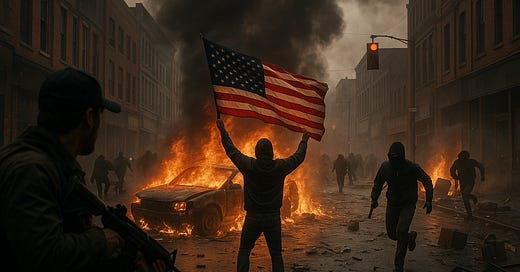



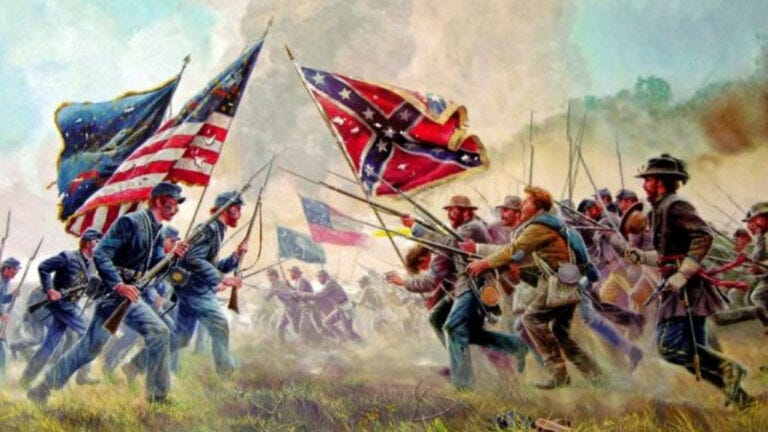


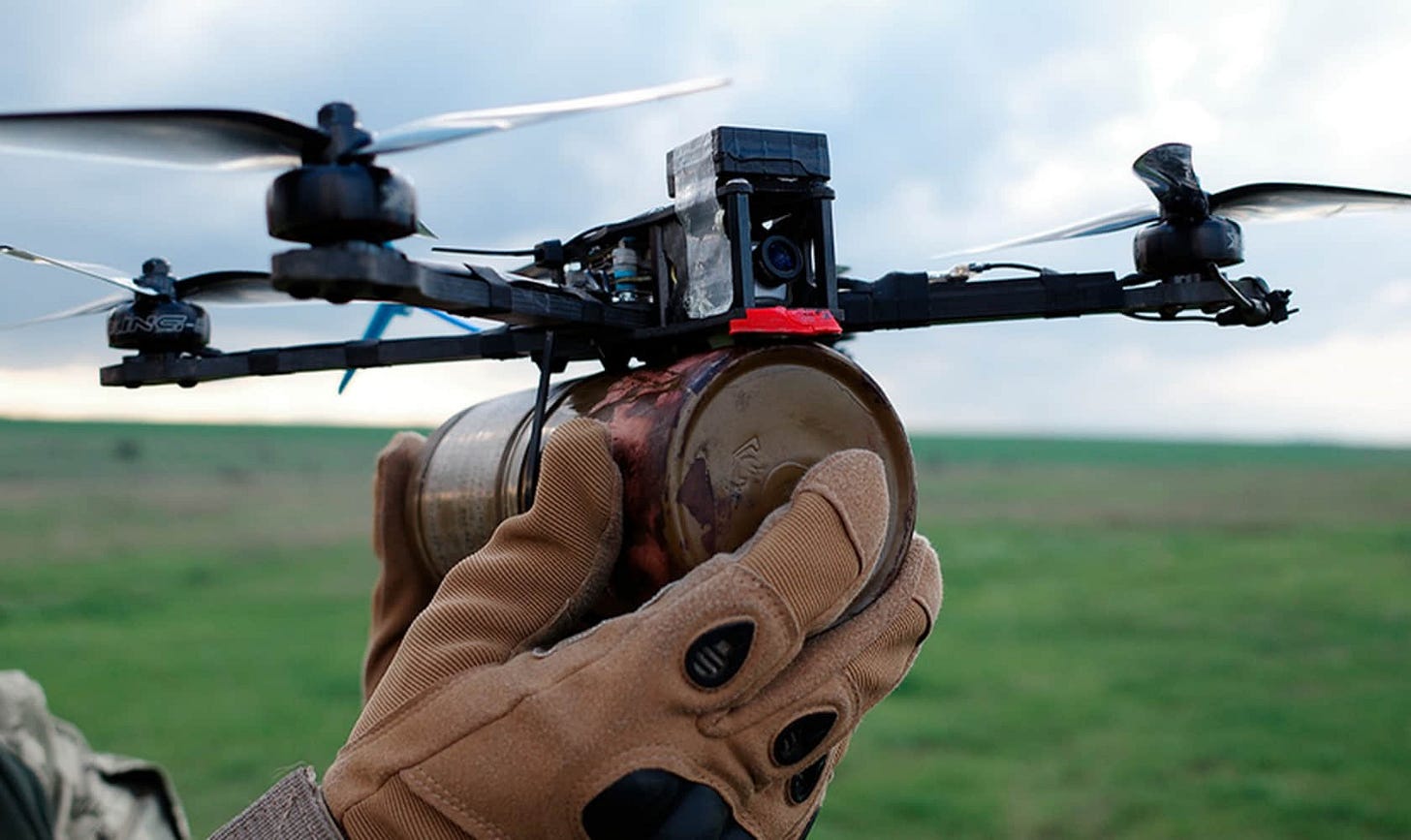
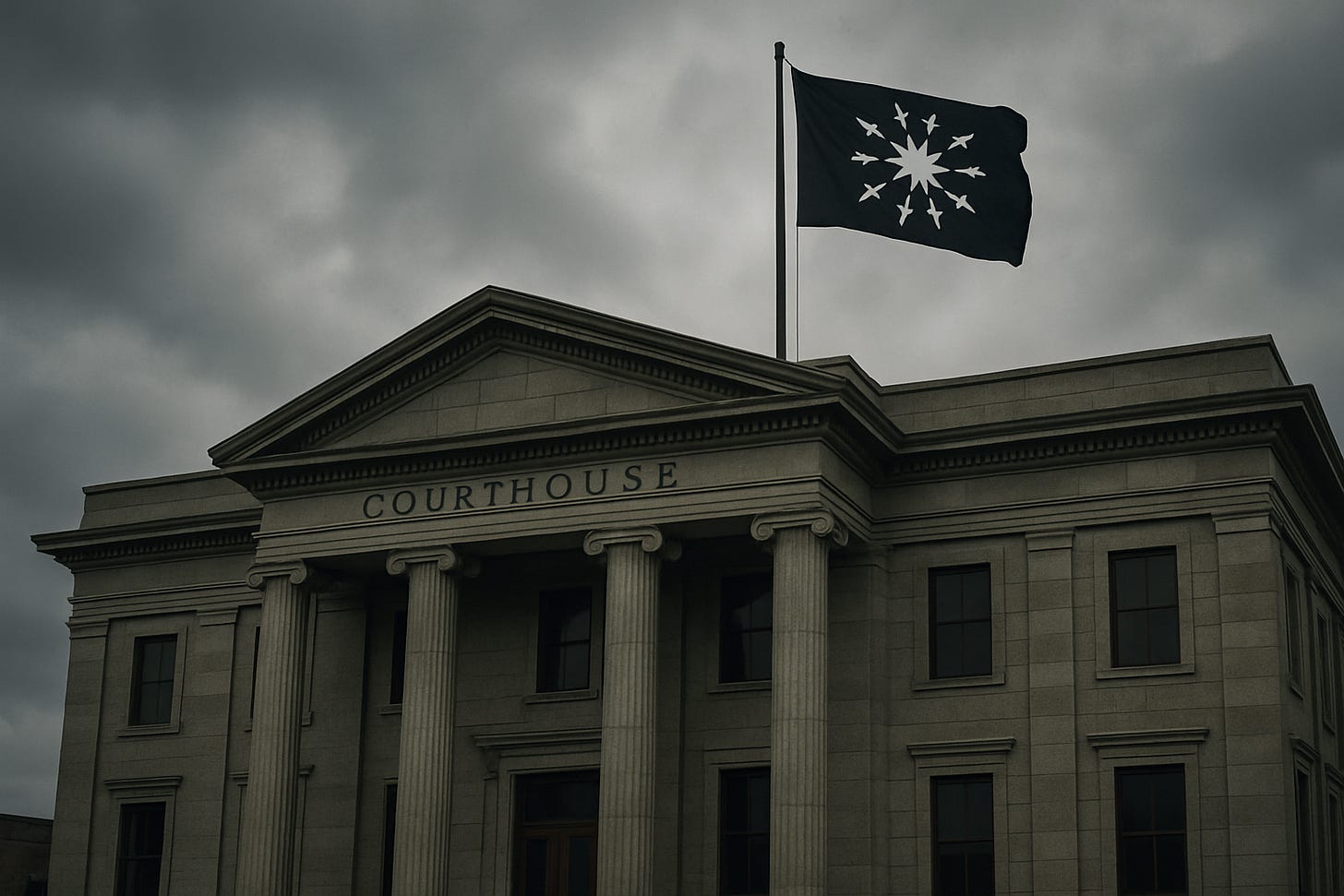
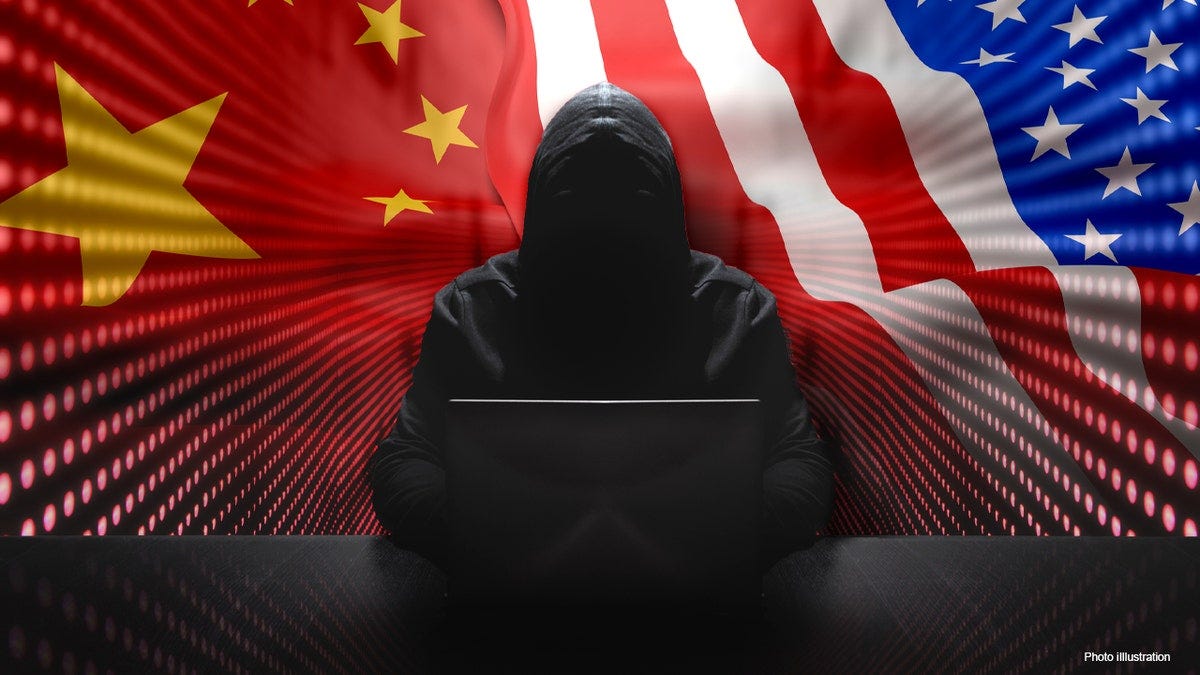
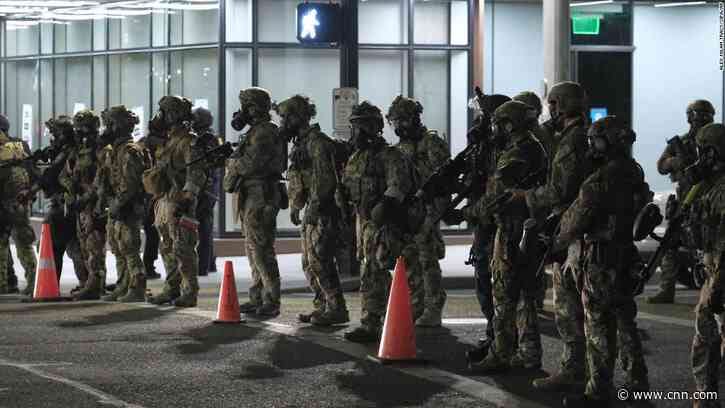
This is a deep read. It's sad to say, but likely spot on. Do you have any thoughts on how we diffuse this $h!t$how? Or is it a more effective use of time to focus on securing our families and building our community?